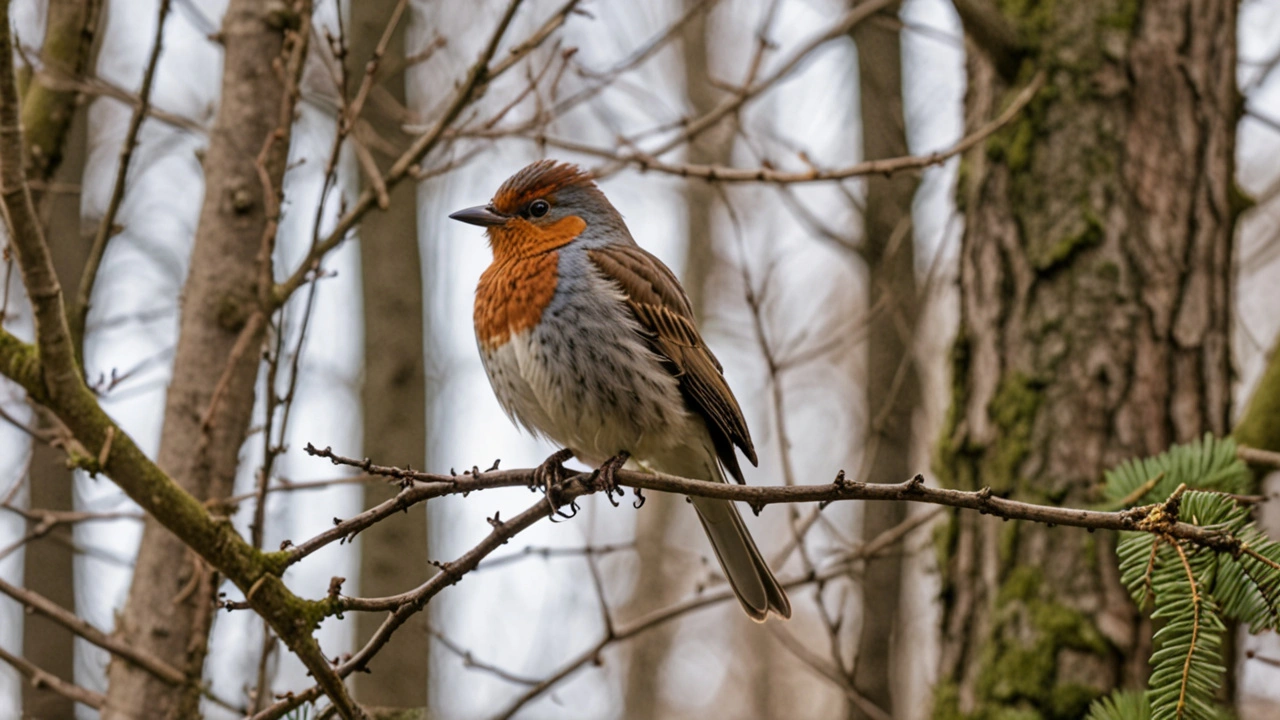Wildlife Health: Spotting Problems, Reducing Risk, and Helping Safely
Wild animals rarely show illness the way pets do, so knowing what to watch for can make a big difference. This page gives simple, practical steps to spot sick wildlife, protect yourself and pets, and get help to the right people fast.
Signs that an animal needs help
Look for animals that are unusually tame or lethargic, are active during the wrong time of day, or show trouble walking or breathing. Other red flags include visible wounds, heavy drooling, discharges from the eyes or nose, severe weight loss, or repeated circling and head tilting. Birds that sit on the ground, raptors that can't fly, and mammals that stumble are likely in distress. Note the location, behavior, and any obvious injuries before you act.
What to do -- and what not to do
Do not touch or feed a wild animal. Many illnesses spread to people and pets. Keep a safe distance, secure your pets indoors, and take photos from afar to help professionals assess the situation. Call your local wildlife rehabilitator, animal control, or conservation authority -- they can advise whether rescue is needed. If you can safely describe the species, condition, and exact spot, responders will get to the right place faster.
If someone is bitten or scratched, wash the wound with soap and water, cover it, and seek medical attention right away. Bites from wildlife can transmit serious infections, including rabies in some areas. Report bites to public health so they can advise on testing or post-exposure treatment.
For people who care for injured wildlife: use gloves and a mask, limit contact, and isolate the animal in a quiet, warm box. Don't give medications, antibiotics, or human painkillers -- only a licensed wildlife rehabilitator or veterinarian should medicate wild animals. Offer plain water if the animal is alert, but avoid force-feeding. Transport should be done in secure containers and only when instructed by professionals.
Watch for patterns. Multiple sick or dead animals in one area may signal an outbreak. Report unusual clusters to local wildlife agencies or public health so they can investigate diseases like avian flu, distemper, or bacterial outbreaks. Community reports help detect problems early and protect both wildlife and people.
Finally, prevent trouble by reducing attractants: secure trash, avoid leaving pet food outdoors, and keep pets vaccinated and leashed. Simple habitat choices can cut contact between wildlife and humans and lower disease risk.
You can help beyond reporting: volunteer with local rehab groups, support conservation groups through donations, and learn basic first-aid protocols offered by wildlife organizations. If you find nests or dens, leave them alone and report to pros -- moving young animals often does more harm than good. If you keep livestock, vaccinate and use fencing to reduce contact. Small, steady actions protect both wild animals and your community. Share reliable info -- false tips spread harm.
Want deeper reads? Check our articles on pathogenic bacteria, respiratory defenses, and disease treatment basics to learn more about how infections spread and what professionals recommend.

The Hidden World of Deplumation in Wild Birds: Causes, Effects, and Conservation Efforts
Deplumation in wild birds refers to the loss of feathers due to various factors. This article discusses the main causes of feather loss in birds, the effects it has on their health and survival, as well as the ongoing conservation efforts to mitigate this issue. It also provides interesting facts and practical tips on how to support bird conservation from home.
Categories
- Medications (51)
- Health and Medicine (47)
- Health and Wellness (34)
- Online Pharmacy Guides (15)
- Nutrition and Supplements (7)
- Parenting and Family (3)
- Environment and Conservation (2)
- healthcare (2)
- prescription savings (1)



